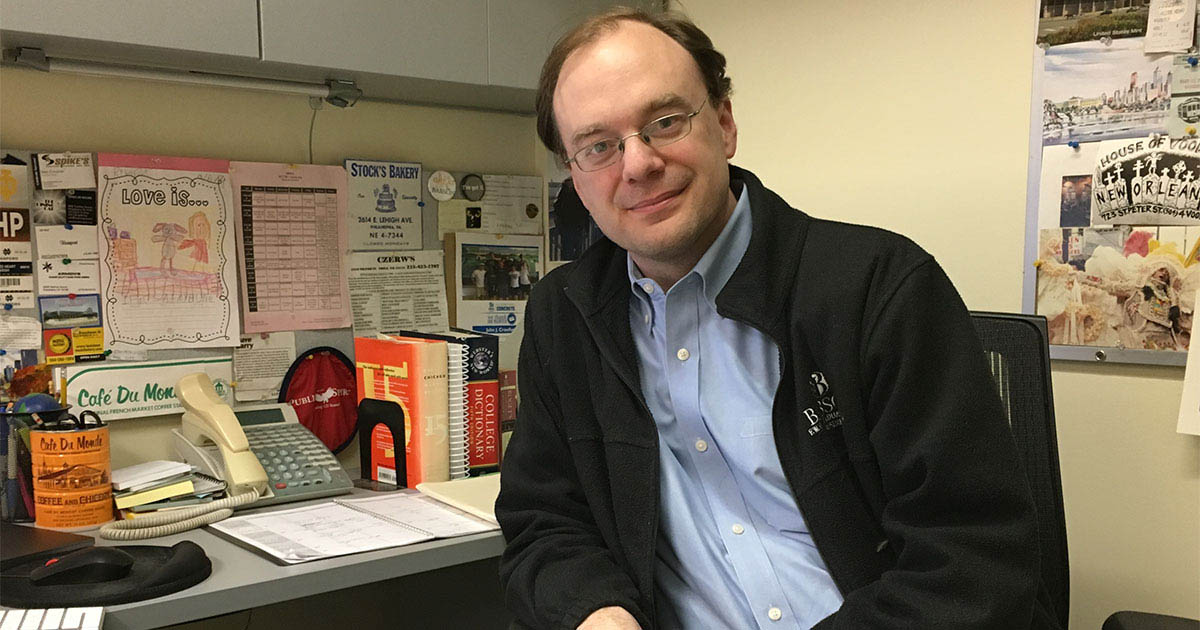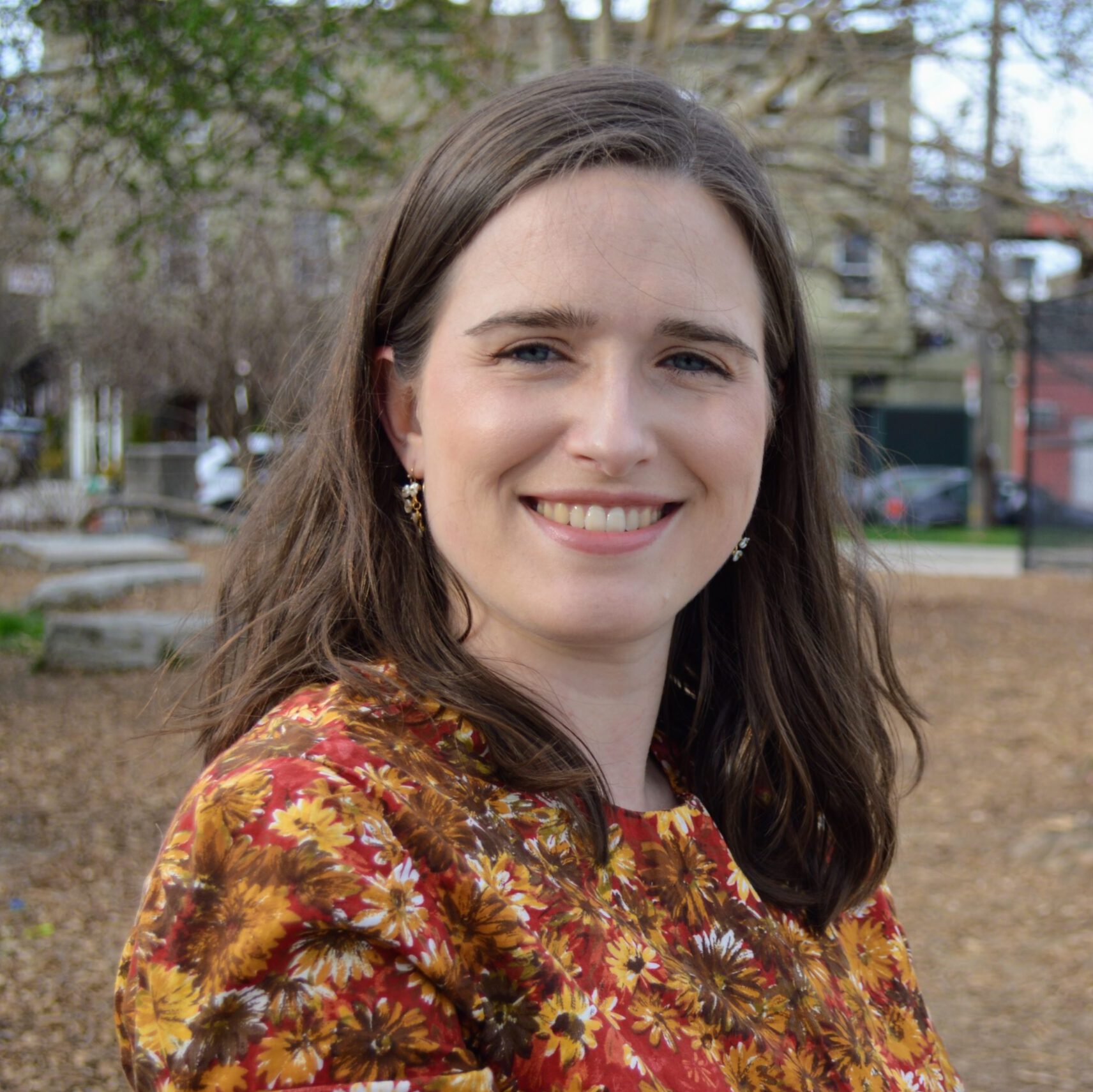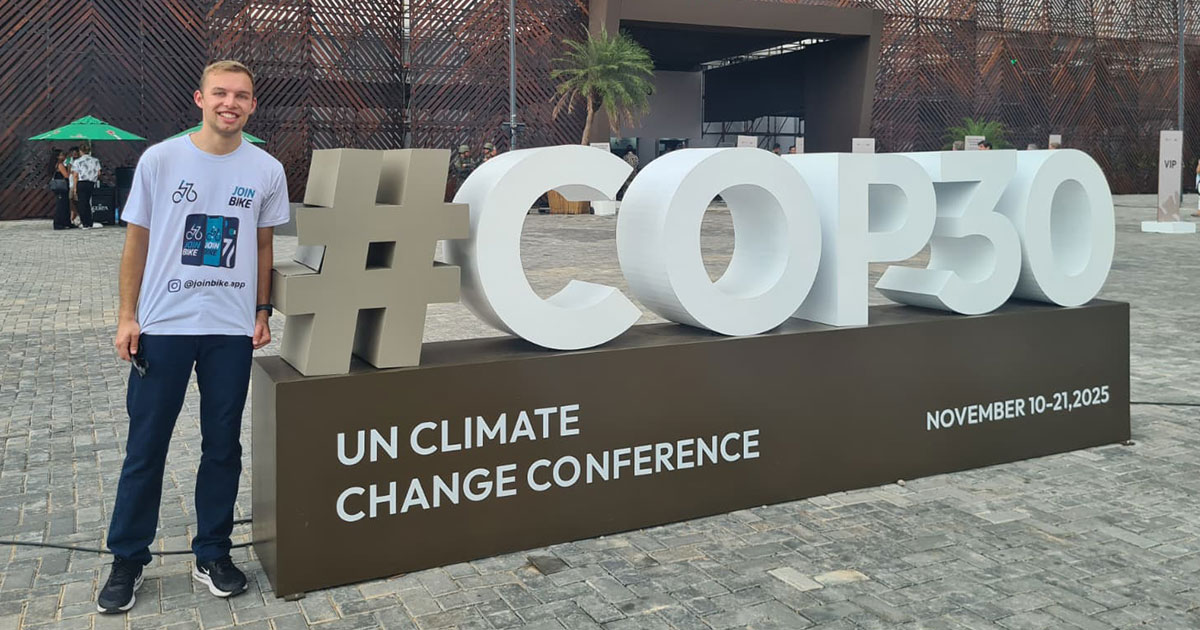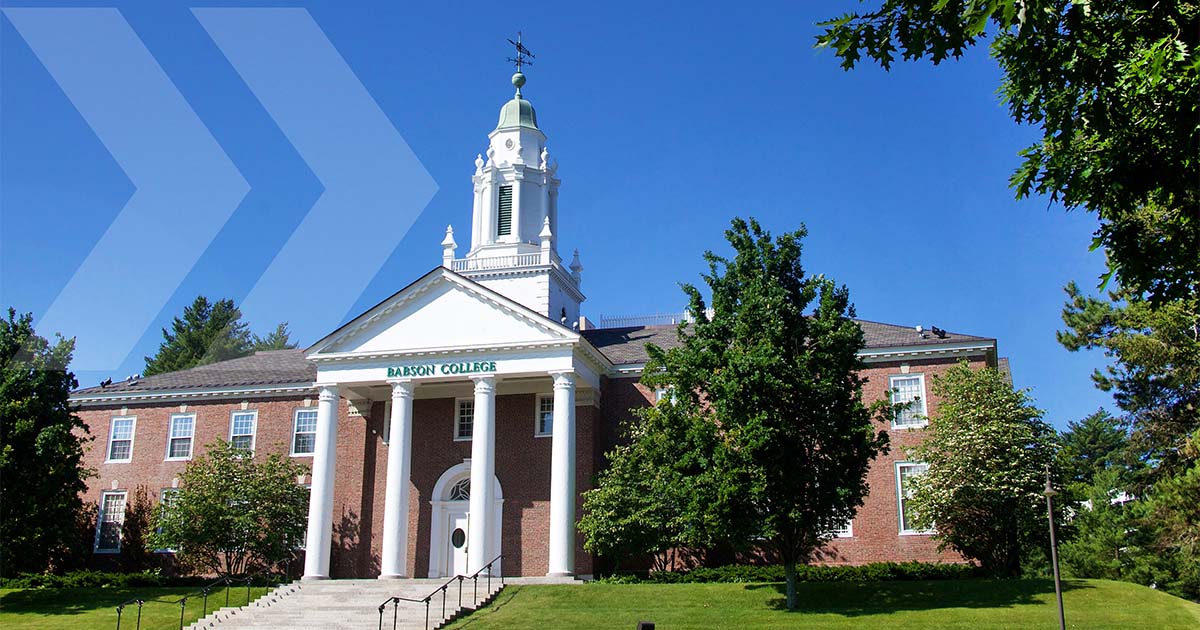The Final Hurdle: Overcoming Vaccine Skepticism

This is the final installment of a three-part series looking at the large-scale efforts in vaccine development, distribution, and education that will be needed ultimately to end the pandemic.
We now are entering a time of stark contradiction in the fight against the coronavirus. On the one hand, the coming winter promises to be bleak, with rising death and infection rates that are seemingly unchecked.
Still, there is reason for hope, something that has been long missing during the pandemic. Multiple COVID-19 vaccines, which have proven highly effective in clinical trials, are ready or nearly ready to go, and a massive effort has been launched to roll them out. These are impressive accomplishments that should be rightly applauded.
But, effective vaccines and a continuing smooth rollout don’t necessarily guarantee success against the pandemic. One last hurdle remains, and it threatens our chances of reaching the necessary herd immunity that finally can bring the coronavirus under control.
That hurdle? The skepticism and fear that some feel toward the vaccines. Even if vaccines are brought to every corner of the United States and the world, there is no guarantee that people will roll up their sleeves and acquiesce to receiving them. Clear, strong messages that educate people and address their concerns are needed.
“You have to get people confident in the process,” says Kristen Getchell, associate professor of business communications at Babson College. “It is a time for thinking creatively. It is a time for trying a lot of different messages.”
At this pivotal moment in the pandemic, we take time to look at the development, distribution, and communications regarding the COVID-19 vaccines, and the role that entrepreneurial leadership plays in this incredibly important endeavor.
In this final installment of a three-part series, we focus on what can be done to reach those who remain dubious and fearful about the vaccine. For Getchell, the answer for clinicians, health officials, and the media is to channel some of the can-do, entrepreneurial spirit that runs through Babson.
“Babson moves at the speed of light,” she says, and communicators need to do the same. “You need to move quick, listen to your audience, and see what works,” she says.
Conflicting Messages
So far, communications regarding the pandemic haven’t always been clear, consistent, or productive. There have been conflicting messages about mask wearing and when exactly the vaccines would be ready, and news reports often focused on the increasing stock prices of the pharmaceutical companies working on the vaccines. “That doesn’t build trust,” Getchell says. “How you frame how this vaccine was created is so important.” Even the name of the program to develop and distribute the vaccines, Operation Warp Speed, sounds like something rushed.
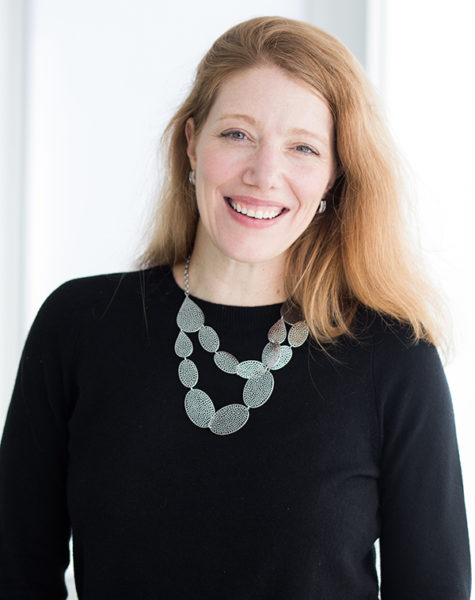
Kristen Getchell, associate professor of business communications
Polls of public opinion vary, but they generally reveal a country that is not entirely committed to receiving the vaccine. Some people will be hard to convince, such as the anti-vaxxers, a group that is vehemently opposed to any vaccinations. “They are motivated by so much misinformation,” Getchell says. “Those aren’t people you can convince in only a matter of months.”
Another such group are the people who are suspicious of science, or at least suspicious of the science issues, such as climate change, that don’t fit their political beliefs. “People pick and choose the science that is convenient to them,” Getchell says. “That is another tough group to move.”
To reach communities of color also will be a matter of building trust. “They have legitimate reasons not to trust the heathcare system,” says Getchell, pointing to the shameful Tuskegee experiment and inequalities in access to health care. “That is a lot of work you have to do.”
Any outreach to communities of color should be long lasting and not focused solely on the vaccine but on addressing those lingering inequalities. Recruiting trusted leaders in the communities can help in the process. “It’s just not a quick campaign,” Getchell says. “It should be about access to health care for people underserved for so long. We owe it to these communities that this is work that continues.”
Multiple Strategies
Encouraging others to take the vaccine will require multiple strategies depending on the audience. Many people, for instance, will lean toward taking the vaccine but might feel uncertain about how it was created. Is it safe, they wonder. Is it effective? For these folks, a science lesson is required. “They want to see the science,” Getchell says. “You have to show people. You have to educate them.”
Harkening back to the way life used to be is another communications tactic. Remind people of the weddings and funerals missed, of going to the movies or the simple joy of hanging in a coffee shop surrounded by others. “That appeals to the emotional need for people to get back to normal,” Getchell says.
Several ex-presidents have volunteered to receive the vaccine publicly, and this strategy, of having trusted people lead by example, can be effective. Getchell has a friend who said, “If Dr. (Anthony) Fauci puts it in his arm, I’ll put it in mine.”
“You have to get people confident in the process. It is a time for thinking creatively. It is a time for trying a lot of different messages.”
Kristen Getchell, associate professor of business communications
Unfortunately, Getchell isn’t sure how effective appealing to people’s care for their fellow human beings will be, given the flat-out refusal of many to wear masks. A humorous approach might not work either. A German ad recently encouraged the young to be lazy and stay on the couch to fight the coronavirus, but America might not be ready for such an approach. “Americans have a great sense of humor, but we just went through a very divided election,” Getchell says. “Everyone is very worked up.”
In Communicating for Consumer Behavior Change, a class Getchell teaches with Krista Hill Cummings, assistant professor of marketing, students tapped into their entrepreneurial spirit to create their own vaccine awareness projects. Students developed print pieces and social media campaigns and TikTok videos, and their efforts were shared with a representative of the Massachusetts Health Council.
Many of the student projects sought to leverage social pressure to nudge their friends to get the vaccine. One used previous images of spring break to demonstrate what students would be missing if they don’t do their part to stop the coronavirus. “You have to try all sorts of approaches,” Getchell says. “They got creative with these pieces.”
Indeed, to ultimately end the pandemic, creativity and the entrepreneurial mindset are exactly what is needed.
The Vaccine and Entrepreneurial Leadership Series
Part 1 — Development: A Monumental Achievement, But Only the First Step
Part 2 — Distribution: Leadership, Logistics, and the Vaccine Rollout
Part 3 — Education: The Final Hurdle: Overcoming Vaccine Skepticism (above)
Posted in Insights
